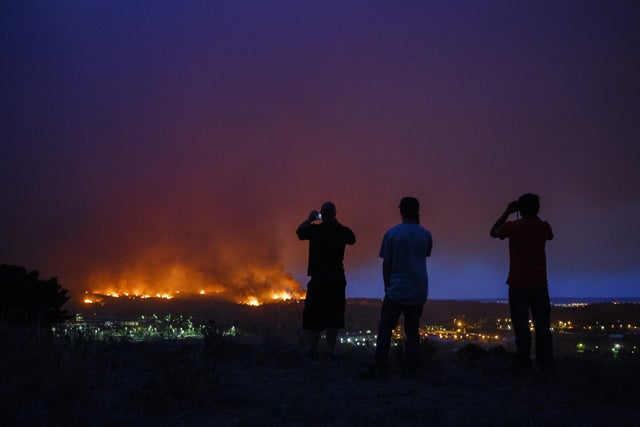Fighting wildfires on federal land involves navigating a maze of regulations and differences in government agency approval, according to a Washington Times report.
The decision of whether to drop hundreds of gallons of water—or other fire mitigation substances—on a raging wildfire could come down to which federal agency manages the land where the fire is burning and whether the necessary legal permissions for fire mitigation have been secured.
One might need to keep the GPS handy.
That question faced a Washoe County, Nevada, pilot who could not ascertain precisely whether the area burning was maintained under the jurisdiction of the Bureau of Land Management or the Forest Service:
“We’re approved for fighting fires on [Bureau of Land Management] lands and Washoe County private lands. However, we are not yet approved for dropping water on Forest Service land fires,” said Deputy Doug Russell, chief pilot for Washoe County’s Sheriff’s Office. “Because we didn’t know the exact jurisdiction of property at that moment, we did not drop water.”
The problem is the helicopter is credentialed by one federal agency — the Bureau of Land Management — but has yet to get the OK from the Forest Service.
Adding to Russell’s consternation is the knowledge that while the same unit recommended approval of the firefighting HH-1H Huey helicopter for both the Bureau of Land Management and the Forest Service, only BLM approval has been given. Both agencies share the same aircraft standards. The recommendation for Forest Service approval was made in May.
For its part, the Forest Service pointed to a lack of an operational agreement between the agency and Washoe County.
“Washoe County has never initiated the formal process to get a cooperating agreement in place with the Forest Service, and without an agreement between the Forest Service and Washoe County, the Raven helicopter cannot operate on national forest,” said a Forest Service spokeswoman.
Washoe County officials countered that claim, contending that they began the approval process more than 18 months earlier.
But even the BLM approval came after a two-year approval process that included requirements for upgrades to the helicopter.
While the chopper does meet BLM approbation, it is not approved for extended firefighting action on federal lands. After helping at the beginning of a wildfire, federal law requires agencies to “try to steer firefighting to commercial aircraft.”
Forest Service contract cancellations, however, have made that transition more difficult.
After ending a 50-year relationship with firefighting aircraft provided Aero Union, the Forest Service has reduced the number of large tankers to less than 10.
The agency ended the contract in 2011, in the middle of the wildfire season, citing “inadequate safety practices.” But new information calls into question the Forest Service’s allegations that Aero Union’s practices, much less its firefighting equipment, suffered from serious physical or procedural defects warranting the contract’s termination, and further depleting an already small firefighting fleet.































